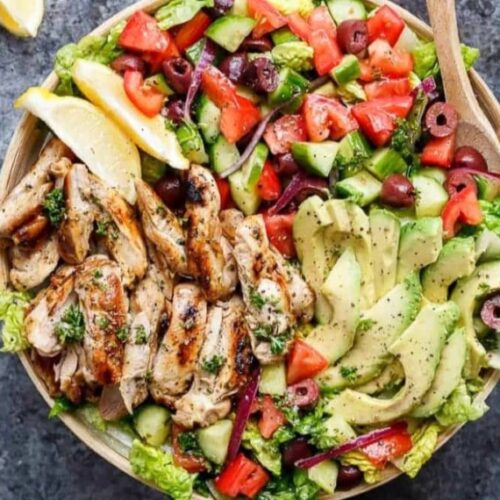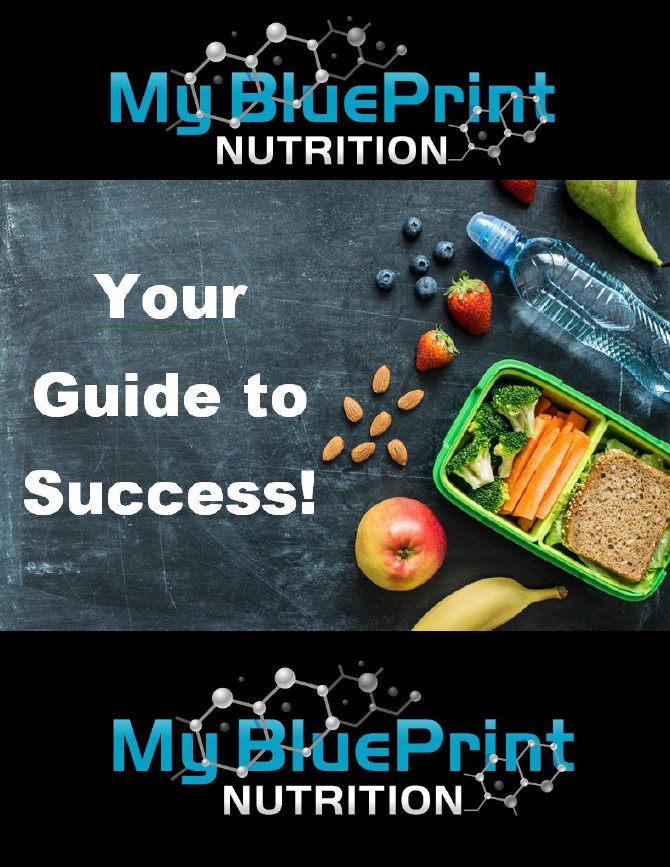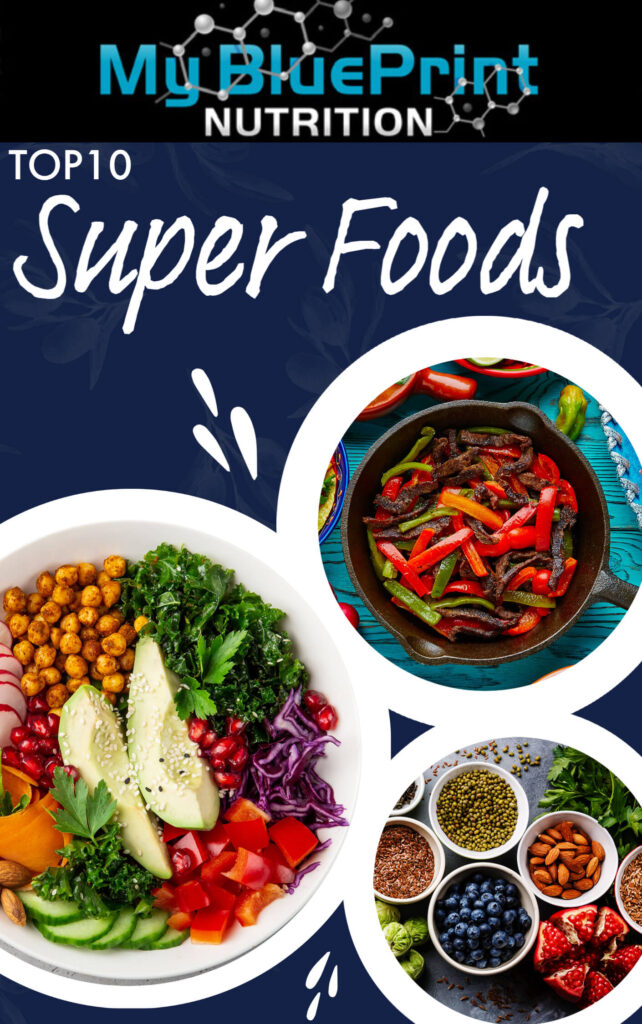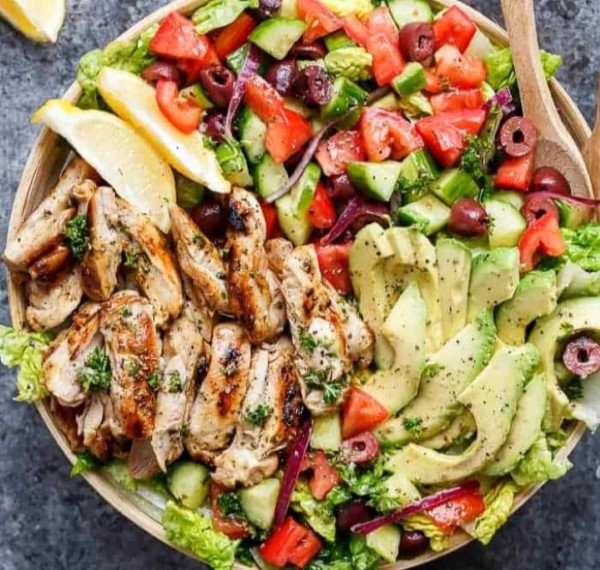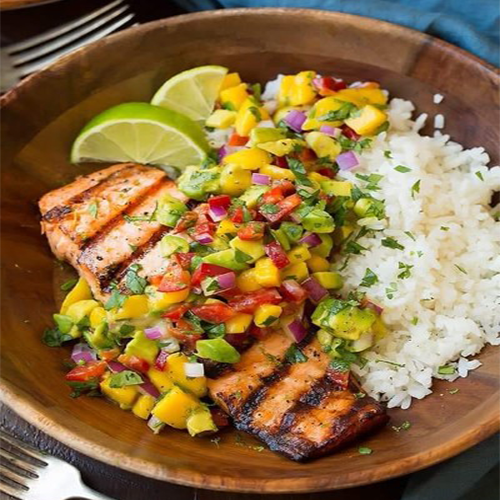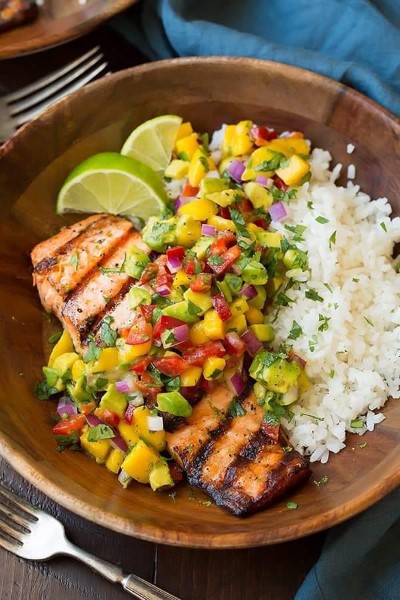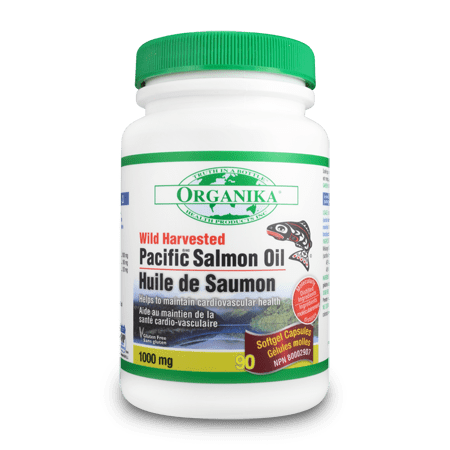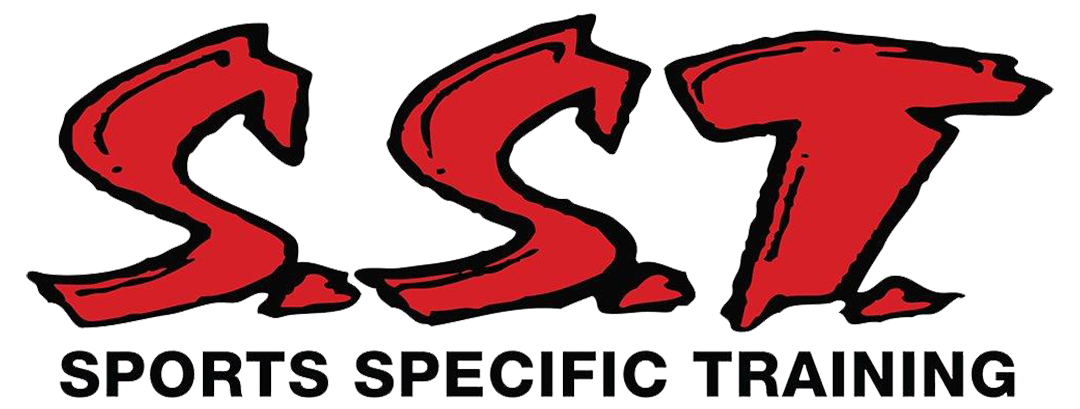What is Protein?
Protein is one of three Macronutrients (carbohydrates and fats being the other two), it is made up of amino acids which are the building blocks for protein. Primarily protein is responsible for our growth and development and is also required for every chemical reaction within our bodies. Along with muscle growth and repair, our body also requires protein to manufacture hormones, antibodies, enzymes, body tissue and it can also be used as a source of energy for the body when glycogen stores are scarce. All of the functions listed above are of course essential for living!
What are Amino Acids?
As mentioned above, amino acids are the building blocks of protein. There are about 22 amino acids, 9 of which are essential and must obtained through our diet. The remaining amino acids are non-essential meaning that our body can actually produce them itself.
Proteins can also be either complete (there is a complete profile of amino acids) or incomplete (missing amino acids or doesn’t have enough amino acids to meet bodies needs). Complete proteins are found in animal proteins such as fish, beef, poultry, eggs, pork, lamb and other game meat. Incomplete proteins are typically found in plant sources such as nuts, seeds and legumes. These incomplete proteins must be eaten with brown rice, wheat or corn to make a complete protein that your body can effectively utilize.
Branch Chain Amino Acids (BCAA’s) are a unique type of amino acid and are a staple supplement for athletes of all types as these amino acids is metabolized in the muscle opposed to the liver where all of the other amino acids are metabolized. There have been many studies that show reduced levels of fatigue in athletes who use BCAA’s for both anaerobic and endurance sports. Many bodybuilders and power lifters take BCAA during their workout as it improves recovery during and post workout.
If you are an athlete who is serious about training results, BCAA will help you immensely, as they have an anti-catabolic effect in which prevents muscle breakdown, which intern promotes muscle recovery and growth.
How Much Protein do I need?
The amount of protein that one person needs may vary as it depends on a number of different factors, such as: Body type, personal goals, activity level, size and lifestyle. Here are few equations you can easily use to avoid a deficiency and reach your training goals!
To avoid a protein deficiency your body requires at least .8g of protein/kg of body weight.
Ex – 225/2.2 = 102 kg. Multiply 102 x .8 = 81.6g/day just to avoid a deficiency!
A safer rule of thumb to live by is to try to get 1 g of protein/pound of bodyweight, to ensure proper immune function, metabolism, weight management and optimal performance.
If you are looking to put on muscle your body will require closer to 1.5 g of protein /pound of body weight! The same recommendation of 1.5g of protein/ pound of body weight for a low carb diet is suitable
How Much Protein are YOU Getting?
Now that you know how much protein you are supposed to have, how much are you actually ingesting on a daily basis? For most people this is not as high as one would think.
Chicken Breast – 30g Fish – approx 22-25 g /filet Pork – 22g/chop Eggs – 6 g/egg
Cottage Cheese – 15g/ ½ cup Hard Cheese (parmesan/feta etc) – 10 g / oz – Steak – 42 g/6oz
It is recommended that you get as much protein as possible through natural and organic food sources, as these foods will contain a high profile of micronutrients and your body actually has to use energy to break the food down. Protein supplements are definitely recommended for vegetarians and vegans, as well as athletes and anyone looking to build muscle or put on weight. Having a protein shake after your workout will help get protein to the muscles immediately to aid in the muscle recovery process.
If you are 225 lbs like the person in the example above and you eat three eggs for breakfast (18 g), 2 chicken breasts (60g) for lunch and a steak (42g) for dinner then you are only at a total of 120 g for the day. Say you add a handful of nuts (7-9 g) and a bowl of bean salad (10-14g) as snacks that gets you to around 150. Leaving an additional 75g until your reach the goal of 1 g / lbs of body weight and that is where your protein shake and BCAA come into play. 1 scoop of protein is typically 25g, add 2 scoops of protein to your shake, along with your BCAA and you have met your goal of 225 g of protein/day!
Protein Deficiency
Unlike carbohydrates and fats, our body does not store protein well as it is constantly being used up by our bodies to carry out all of the functions it is responsible for. If you are not getting enough protein you may notice a host of physiological problems occurring within your body such as: increased risk of injury, reduced muscular strength and endurance, weakened immune system, unstable blood sugars levels, weight or hair loss or having difficulty sleeping.
If you have read this article and realize you are not getting as much protein you should be and are actually experiencing some of these symptoms, it could be as easy as eating more protein! Also use your resources such as books or internet to find out how much protein is in a certain food so it will be easier to track your daily intake.
Don’t let a Protein Deficiency keep you from reaching your goals!!!
John Blair
SST Burlington Fat Loss Specialist
www.sstcanada.com
www.sst.training
www.myblueprintnutrition.com
